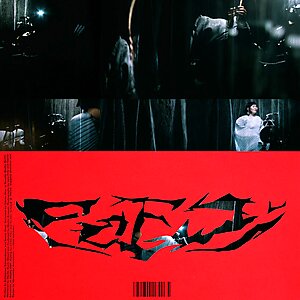|
Alongside the album announcement, Hiro has unveiled a new single ‘Roundabout’. The single is about making decisions; a reflection on breaking away from familiar paths, and embracing the beauty and complexity of navigating life's ever-evolving roundabouts.
This follows the release of Hiro’s previous singles, ‘Everything Is Going To Make Sense In The End’, ‘Music for Peace and Harmony’ and ‘Sunday’. He has previously released two EPs on PRAH Recordings, ‘Animal Emotions’ and ‘Uncertainty’, which garnered critical acclaim from Electronic Sound, Resident Advisor, The Vinyl Factory as well as BBC Radio 6 Music.
More on Hiro Ama
What do we turn to when we’re in need of peace? Some might head to the forest or the sea. Some might reach for standard remedies: yoga, meditation, a long bath, a cup of tea. And others might buy an obscure 1980s Japanese synthesiser with a name that literally translates to “peace and harmony”, and use it to make a debut album.
That’s exactly what Hiro Ama did. “A lot of things are fragile and chaotic at the moment in this world, and I wanted to make music to soothe my mind and heart,” says the musician and Teleman drummer. He turned to the Wakaru, a Japanese synth from the 1980s that he stumbled across while browsing for weird instruments on the internet about ten years ago. He liked the recognisable sounds of the Wakaru: traditional instruments such as the koto (Japanese harp), flutes, and drums. The idea to use it to make some songs — maybe even an EP — had been brewing for a while. But when he eventually had time to experiment with the instrument in the summer of 2023, the songs flowed quickly and naturally, and he found himself with more than enough material for a debut album: Music for Peace and Harmony.
Hiro’s previous records — 2020 debut EP Uncertainty, 2022 follow-up Animal Emotions, and last year’s AO — were spaces for him to try out different ideas, with plenty of room for spontaneity. But Music for Peace and Harmony is a far more consistent creature. “I had a clearer vision of how I wanted the album to sound,” he says. “Having a solid concept and limiting instruments really helped me to write the songs.” For instance, he only used drum sounds from the Wakaru — no live drum kit — a rule that gelled the songs together. “The bass drum on the Waraku has such a long decay and I had no choice but to write slower tunes in order to make that sound work as the kick drum,” he explains, “and that's why the majority of the songs are slow and mellow.”
As well as producing and mixing the album, Hiro also played almost all of the instruments. Most of the sounds on Music for Peace and Harmony come from the Wakaru — all of the drums, the koto, and some of the synths, some quite stretched and heavily edited — as well as some piano, Jupiter 8, and DX7. “I was also initially using a preset Shakuhachi (Japanese flute) on the Waraku for melodies,” he says. “But PRAH’s Stephen Bass introduced flautist Gail Tasker, whose playing gave an extra layer of depth and emotion to the songs.”
That sense of human depth and emotion is heightened by actress and musician Keeley Forsyth, who sings on two of the album’s tracks, Metal Wires and Billowing. Her distinctive voice contains the mournful intensity of Scott Walker or Anohni, a perfect foil to Hiro’s spacious, open instrumentation. “I had the chorus line in my head for a while, and when I heard Hiro’s track it was the right moment for it to be realised and recorded,” she says of Metal Wires. On Billowing, meanwhile, Forsyth “imagined being in a field — as a worker — using hands and senses to bring the narrative to life. I don’t usually work with melodies that feel this good, so it was an opportunity for me to expand my palate.”
Previous records by Hiro have featured sounds from his garden, or a heartbeat functioning as a kick drum. This time, listen closely and you’ll hear him humming some of the drum parts. “I had some drum and percussion ideas in my head, so I hummed them and left it as a placeholder, but the humming became the part of the songs and I left them in the final recordings,” he explains. Using these more organic sounds “adds some nice textures and creates certain moods,” he continues. “I feel that modern music and recordings sometimes sound too pristine and sanitised. If you listen to old jazz records, or any records before the digital recording era, you can hear a lot of background noise, like people chatting, and I like those kinds of spontaneous sounds.”
Jazz influenced Hiro in more traditional ways, too. “Jazz certainly underlies my songwriting and its influence on me is growing more and more,” he says. “I learned a lot about how to harmonise, the use of extension chords and the use of different scales outside of major and minor.” He was also influenced by French composers such as Debussy, who influenced the album’s title track as well as View From A Window.
Hiro also found inspiration in Kankyō Ongaku, a form of Japanese ambient industrial music whose name translates to “environmental music”. But nature itself had more of an impact on the songs. Life in busy cities like Tokyo and London doesn’t leave much room for tranquillity, and the sounds of birds and trees are “reminders of beauty and simplicity that exist beyond the city landscape”. On Find Me In The Nearest Forest, he uses extended chords and a quartal harmony to evoke that serenity and peaceful atmosphere. Forest Bathing, meanwhile, is named after a Japanese concept known as “Shinrinyoku”: the practice of immersing yourself in nature, bathing in the atmosphere of the forest. “The impact the natural world has on our physical, emotional, and spiritual well-being is simply amazing. It’s so easy to become disconnected from the natural world and this song is a reminder of the importance of taking moments of quiet contemplation amidst the trees.”
Quiet contemplation, space, simplicity: these qualities guide Music for Peace and Harmony. “As Debussy said, ‘Music is the space between the notes’, and on this album I tried not to fill too many instruments,” says Hiro. I could easily add bass to fatten the sound, or add percussion to fill the gaps, but I didn't and it was a conscious choice. I wanted the music to have space and breathing points.”
That idea of space links back to the album’s opening title track and its idea that music can be a sanctuary — something reflected all the way through to the clouds-parting contentment of album closer Everything Is Going To Make Sense In The End. “The journey to find one’s own inner peace and harmony does matter,” says Hiro. “It's in these moments of tranquillity and connection that true fulfilment is found. These ten songs embody the essence of peace and harmony, and this song was the perfect way to close the album.”
|
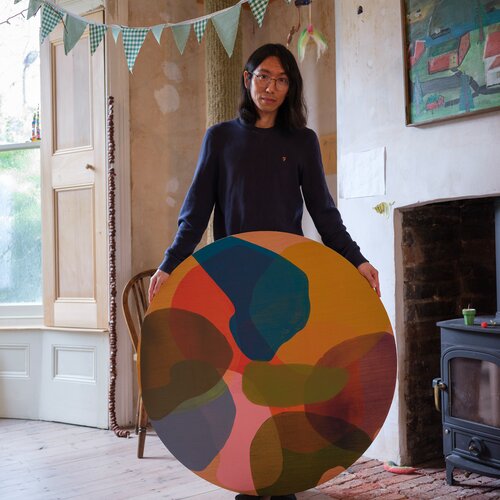
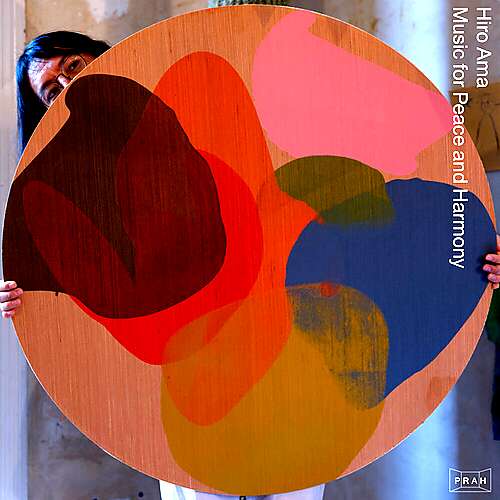 Single
Single
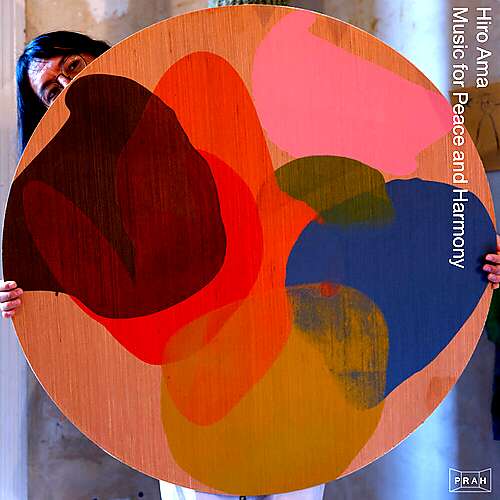 LP
LP
 Single
Single
 Single
Single
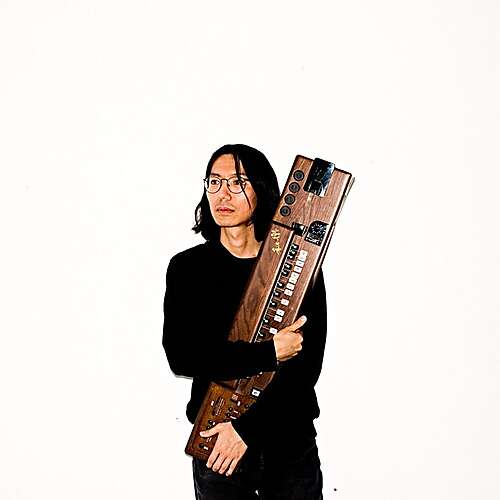 Single
Single
 Single
Single
 Single
Single


















